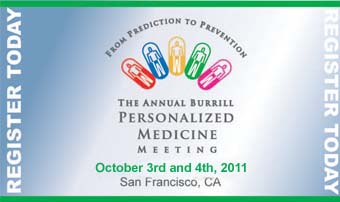“I found that accepting the fatal diagnosis was easier than I expected. I think this is because the awareness of the diagnosis occurred to me gradually, and because I made the initial diagnosis myself.”
Having made the diagnosis in more than 1,000 people during my career, I knew much of what it meant to receive the news and to live with the disease. Then I made the diagnosis of ALS one last time—in myself—before my neurologist confirmed it. What remained for me was to see how helpful the advice I had been giving my patients over the years would be to me and my family, and then to experience actually living with the disease.
ALS (amyotrophic lateral sclerosis, more commonly known as Lou Gehrig’s disease) is a progressive, uniformly fatal neurodegenerative disease. Ninety percent of those who acquire ALS are affected at random without known predisposing cause (sporadic ALS). Ten percent runs in families (familial ALS), with about 50 percent affected, and almost always without skipping generations. Symptoms commonly begin between the ages of 45 and 70 years, but may appear from the teens to the nineties. Mine began when I was 55 years old. I am now 60 years old.
The disease may begin in an arm or leg with weakness, muscular twitching, cramping, stiffness, or loss of coordination or in the mouth or throat with a change in speech or swallowing. As the initial symptoms grow progressively worse at the site of onset, symptoms spread and all regions of the body may be affected. At some point during this progression, the muscles for breathing become affected. This impairment leads to the usual cause of death—the inability to breathe. Most people with the disease survive two to five years after the onset of the first symptom.
Basic scientific research has made remarkable progress in understanding the underlying mechanisms that cause progression in ALS, particularly since 1993, with the discovery that a mutation in the Cu, Zn superoxide dismutase gene is the cause of ALS in 2 percent of people who develop the disease (20 percent of those who develop familial ALS). This abnormal gene has been inserted into mice to produce the best animal model of ALS. However, these advances have not yet translated into improvements in treatments for humans. Thus far, clinical trials with drugs that affect these mechanisms have produced either no benefit or more rapid progression of the disease. Improvements in treatment have been made through clinical research directed toward better management of symptoms, although health insurance coverage remains a problem, as well.
Multidisciplinary clinics are the gold standard for care of ALS patients and families. Each patient is seen by the neurologist, nurse, physical therapist, occupational therapist, respiratory therapist, speech pathologist, dietition, and social worker. Insurance typically covers only the neurologist. The other members of the team usually work in a proactive, preventative manner that is not covered by insurance. For example, the physical therapist evaluates joint mobility among other things and teaches range of motion exercises that are appropriate for the patient’s abilities in order to prevent contractures and frozen shoulders. Insurers usually pay for the physical therapist’s evaluation and treatment only after the contractures or the frozen shoulder have developed. Similar problems exist for patients attempting to acquire medical equipment. For example, if a patient has a pressure sore and we want an air floatation mattress to prevent the development of a decubitus ulcer, this is not covered. Insurers will provide some payment for obtaining such a mattress, but only if an advanced decubitus ulcer has already developed.February 08, 2008
http://www.burrillreport.com/article-when_the_doctor_becomes_the_patient.html





.gif)
